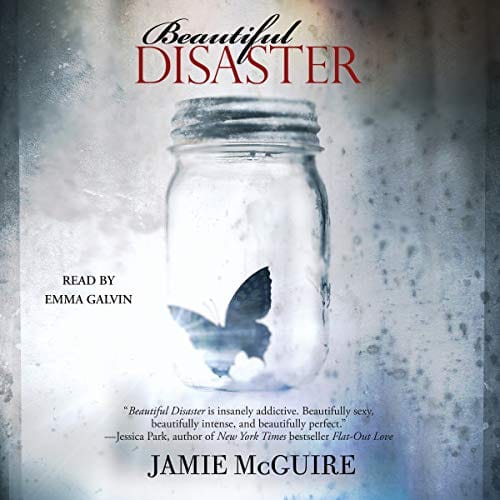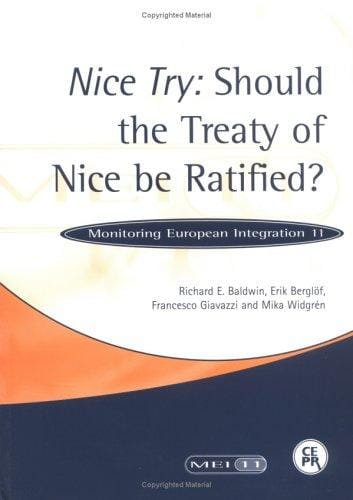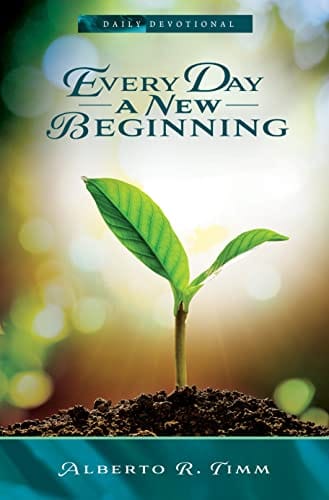Beautiful Disaster: Learning to Love Life’s Perfect Imperfections
Explore how the concept of a “Beautiful Disaster” can help you embrace imperfection, boost resilience, and find hidden beauty in everyday chaos.

Introduction: The Allure of a Beautiful Disaster
From pop songs to literary titles, the phrase “Beautiful Disaster” has woven itself into modern culture as a poetic way to describe people, moments, or experiences that are equal parts chaotic and captivating. Behind the catchy juxtaposition lies a powerful life lesson: beauty is not the absence of flaws, but the presence of authenticity. Embracing that truth can shift how we see ourselves, our relationships, and even the messy world we live in.
What Does “Beautiful Disaster” Really Mean?
The term might sound contradictory, yet its power rests precisely in that tension. A “disaster” suggests something broken, unpredictable, or out of control, while “beautiful” hints at inspiration and harmony. Together, they describe the bittersweet richness of real life: imperfect, but profoundly moving. When we call a sunset dramatic after a storm or find depth in a scar, we are recognizing a beautiful disaster—evidence that chaos can give birth to awe, resilience, and growth.
The Psychology of Embracing Imperfection
Modern psychology backs the idea that accepting imperfection is critical to well-being. Perfectionism is linked to anxiety, depression, and burnout, whereas self-compassion fosters motivation and happiness. By labeling our stumbles as part of a larger “beautiful disaster,” we dissolve the shame that keeps us stuck. We start to view failures as plot twists in a story that is still unfolding rather than as dead ends that define us forever.
Self-Compassion in Action
Practice speaking to yourself the way you would comfort a friend who is going through a hard time. Instead of saying, “I ruined everything,” reframe it: “This was messy, but I learned something valuable.” Such language trains the brain to search for growth points, turning emotional rubble into fertile soil.
Finding Beauty in Everyday Chaos
You do not have to survive a hurricane to witness a beautiful disaster. Daily life offers miniature versions: a cluttered art studio that sparks creativity, a toddler’s crayon marks on the wall that record curiosity, or a traffic detour that forces you onto a scenic back road. These moments urge us to slow down, notice hidden details, and uncover unexpected joy.
Mindfulness Techniques
1. Stop and Name: When you catch yourself labeling something a “mess,” pause and identify at least one aspect that is oddly charming or instructive.
2. Sensory Scan: Close your eyes and focus on sounds, scents, and textures in chaotic settings. This grounds your nervous system and reveals overlooked beauty.
3. Gratitude Journaling: List three “disasters” from your day and the gifts they delivered—humor, lessons, or new connections.
How “Beautiful Disaster” Fuels Creativity
Art, music, and literature thrive on tension. The best stories involve conflict, the most striking paintings balance light with shadow, and the most memorable songs explore heartbreak alongside hope. Creative minds have long recognized that disorder is not a hurdle to avoid but a palate of raw emotion and vivid contrasts. By channeling turbulent experiences, artists offer audiences catharsis and connection.
Turn Turmoil into Art
If you are dealing with upheaval, try translating your emotions into a medium—write a poem, sketch abstract lines, dance in your living room. The goal is expression, not perfection. Often the piece you deem “messy” will resonate most deeply with others because it is honest.
Building Resilience Through Turbulent Times
Life inevitably delivers curveballs: job loss, illness, heartbreak. Viewing these episodes as “beautiful disasters” reframes adversity as a training ground. The Japanese art of kintsugi repairs broken pottery with gold, highlighting cracks instead of hiding them. In the same way, navigating hardship can reveal veins of courage and empathy we never knew we possessed.
Actionable Resilience Tips
Reframe the Narrative: Write your story as a hero’s journey, where each setback pushes you toward transformation.
Find Your Tribe: Share your struggles with supportive people who appreciate authenticity.
Celebrate Micro-Wins: Even small steps—getting out of bed, sending a résumé—are gold seams in your personal kintsugi.
The Role of Community and Shared Stories
Humans bond over vulnerability. When someone openly admits, “My life is a beautiful disaster right now,” it cuts through small talk and makes room for genuine connection. Support groups, online forums, and candid conversations all prove that transparency breeds belonging. Your cracked façade may serve as a mirror that helps others embrace their own.
Conclusion: Curate, Don’t Erase, Your Imperfections
A polished, flawless life is often an illusion curated for social media. The more you edit out the rough edges, the more you rob yourself—and others—of real beauty. Instead of hiding the disasters, curate them thoughtfully. Document the journey, spotlight the lessons, and stand in awe of your resilience. In doing so, you transform chaos into a masterpiece uniquely your own.
The next time you face spilled coffee on an important document, a broken heart, or a dream that implodes, remember: a beautiful disaster is an invitation. Accept it, explore it, and watch as imperfection guides you toward depth, creativity, and unshakeable strength.



